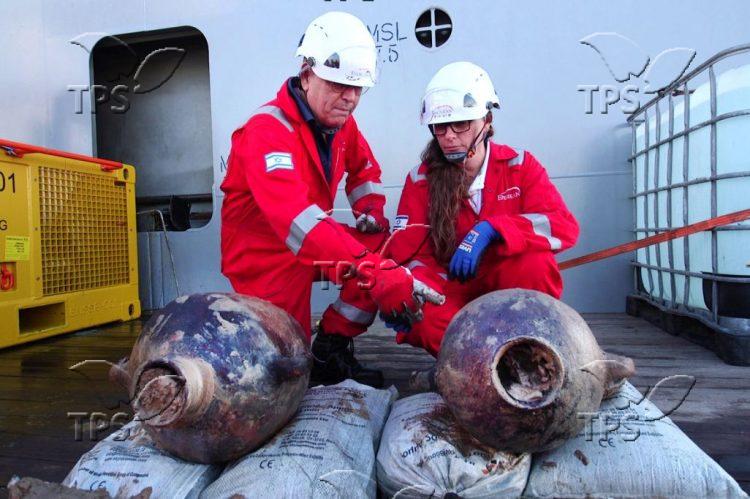Offshore Survey Mission Stumbles Upon Oldest Ship Ever Found in Deep Waters
Jerusalem, 20 June, 2024 (TPS-IL) -- A 3,300-year-old ship’s cargo containing hundreds of inta…
Please log in to view more…
Please log in to view more…







